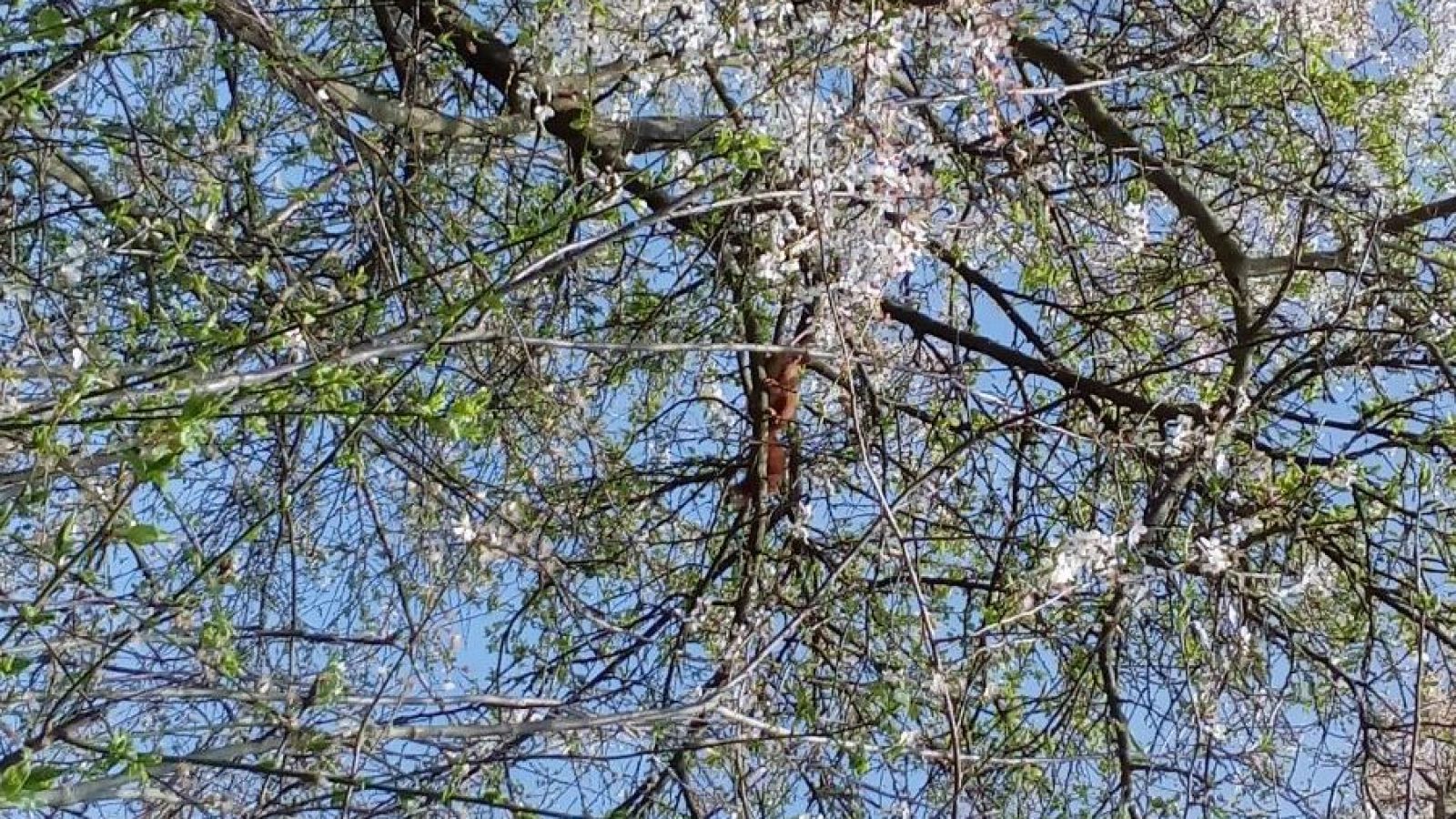This week we have gorgeous spring blossoms from Avalus. This is a Mirabelle Plum tree and it’s magnificent. The critter in the last photo seems to agree, although it is likely not enjoying the blossoms as much as it will the fruit to come.
Lacking any visible source of water, the 32-foot mesquite tree has baffled visitors and scientists alike for its entire life as it has continued to grow. Although the mesquite tree is known for holding a great deal of water in its massive root system, there is still no source of water in sight. Even arid vegetation needs water to survive, which makes Bahrain’s Tree of Life even more mysterious.
The mystery of the tree’s survival has led to a lot of speculation.
Without a rational explanation for the tree’s biological success, many have turned to mythology and religion for answers. Some assert that Enki, an ancient god of water in Babylonian and Sumerian mythology, protects the tree. Others still believe the site is the historical location of the Garden of Eden.
Whatever the source of life is for this tree it has inspired millions of people and attracts upwards of 50,000 visitors a year from around the world.
Via Atlas Obscura




















